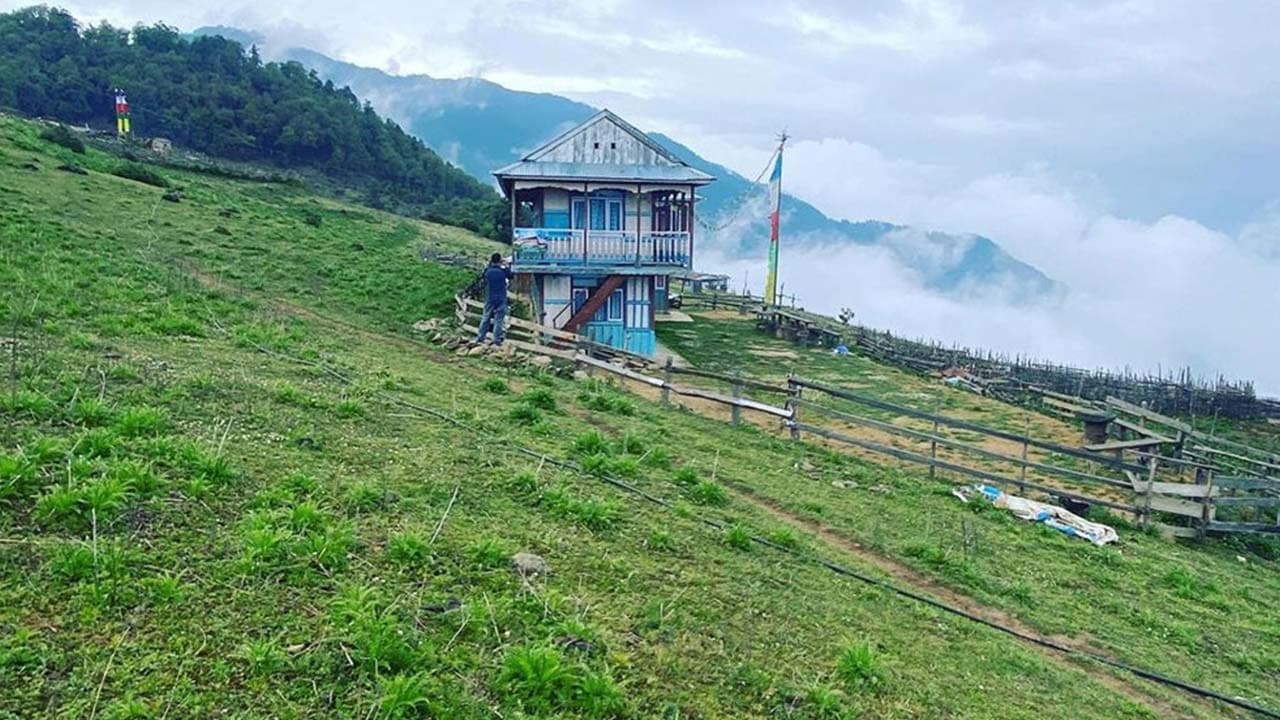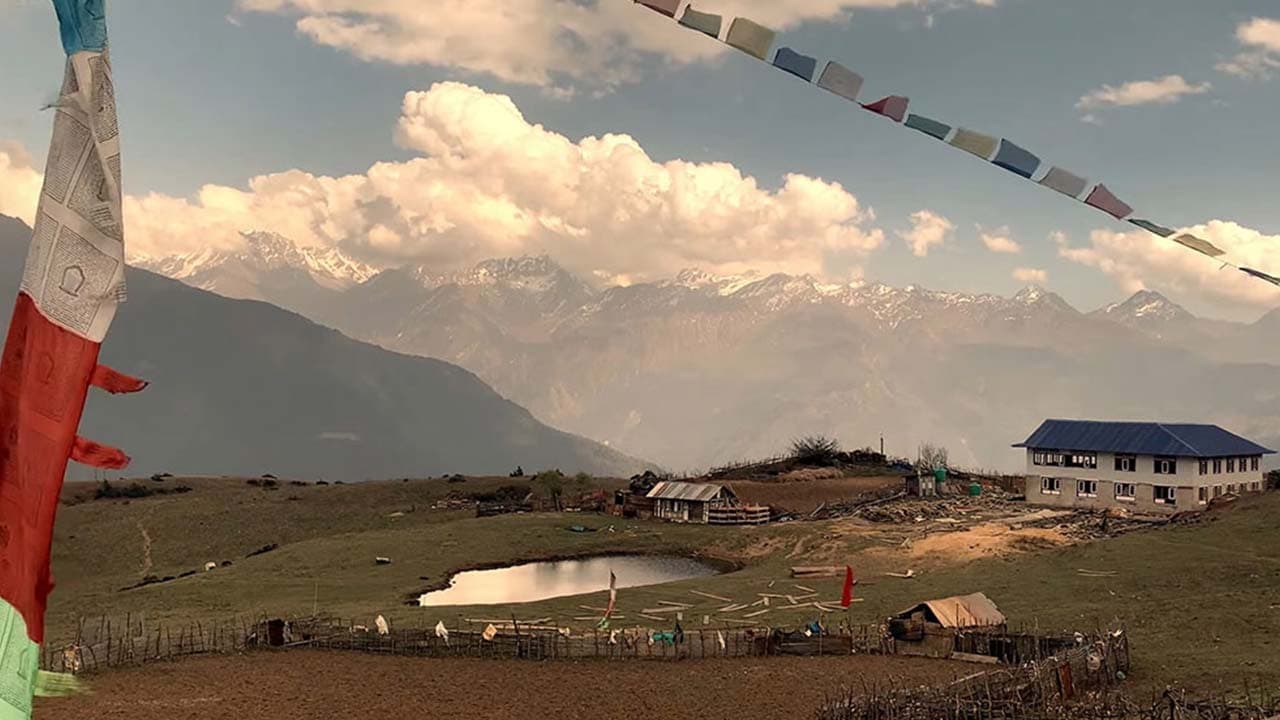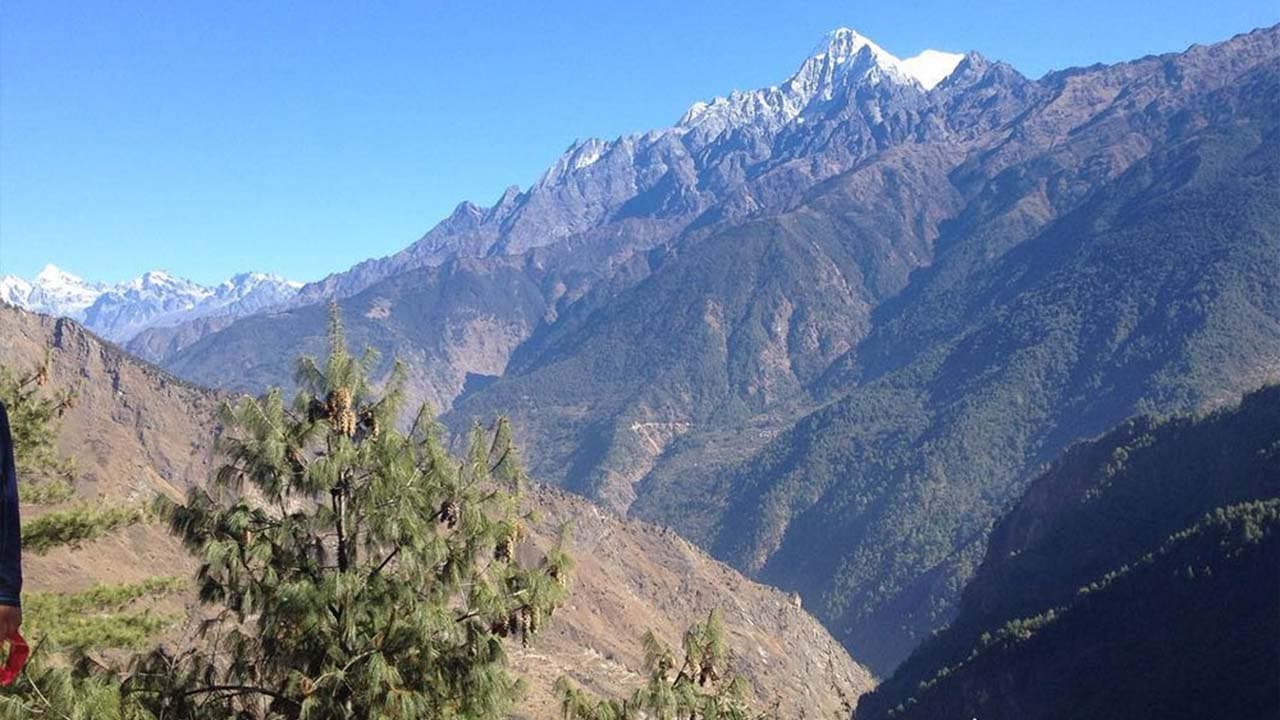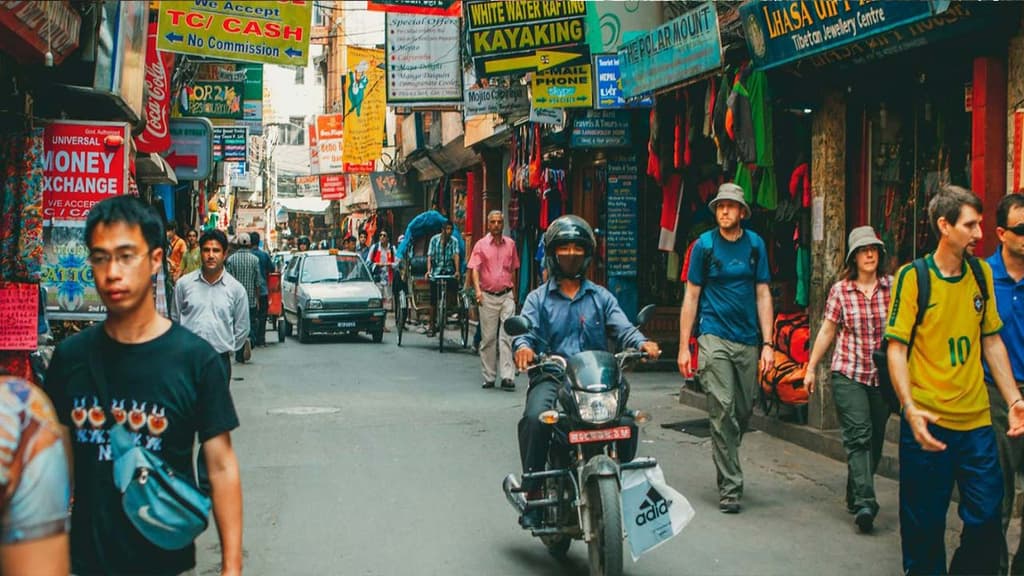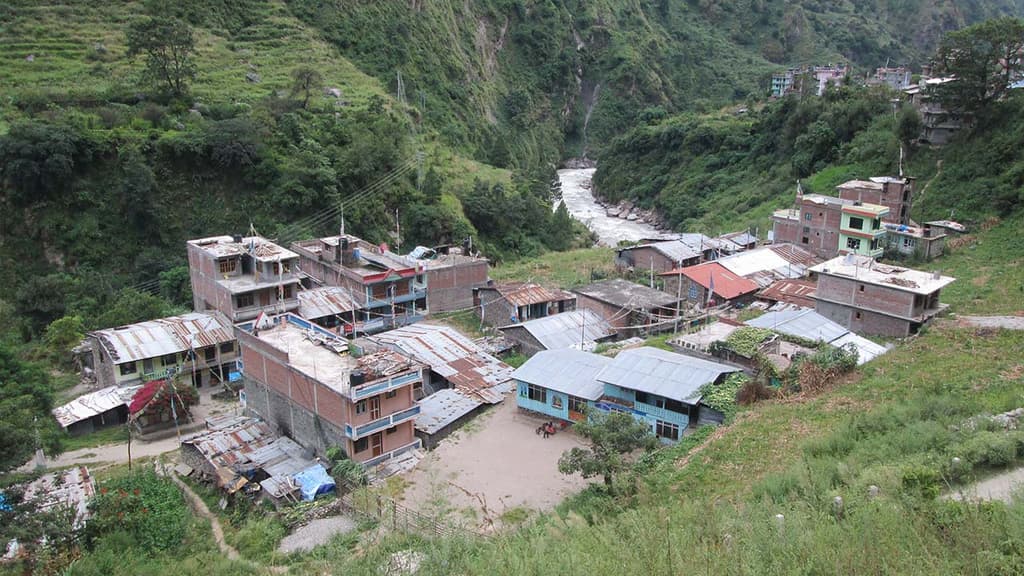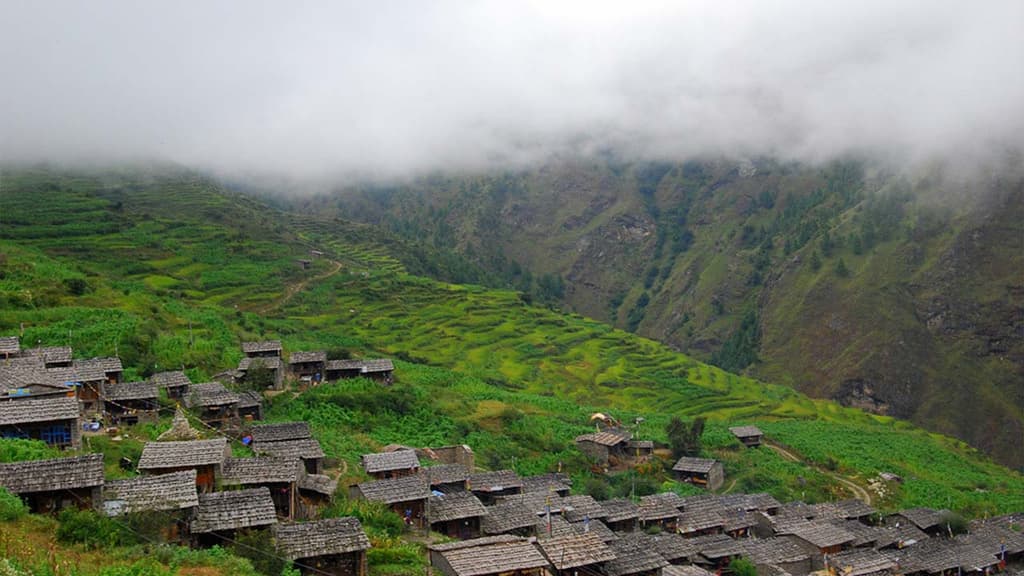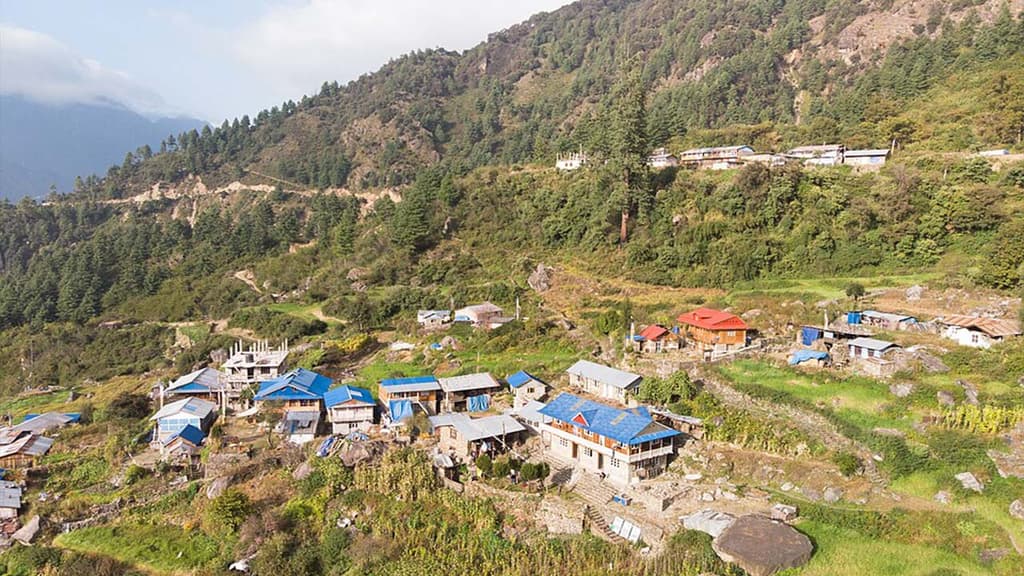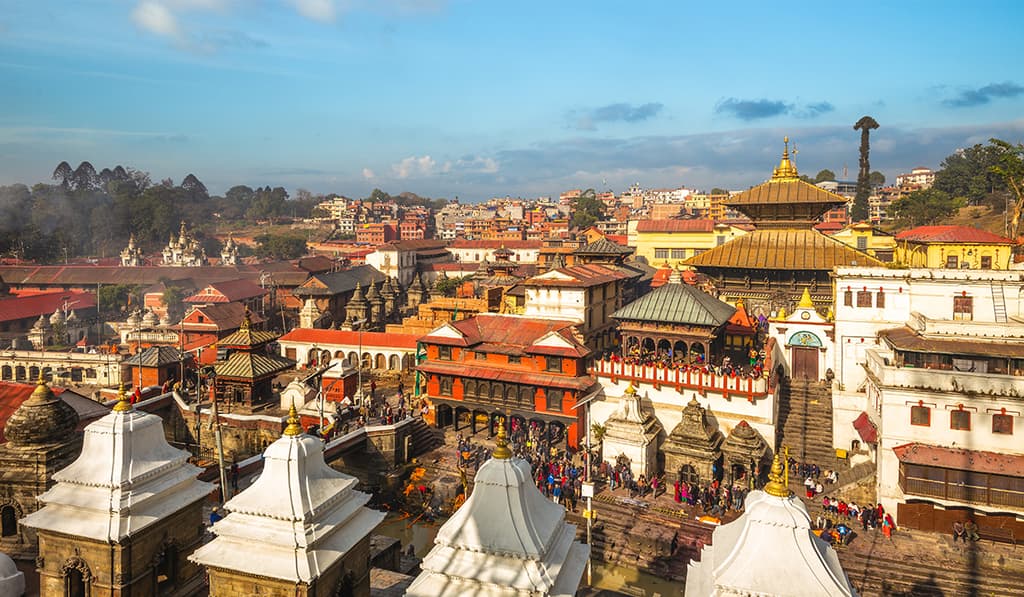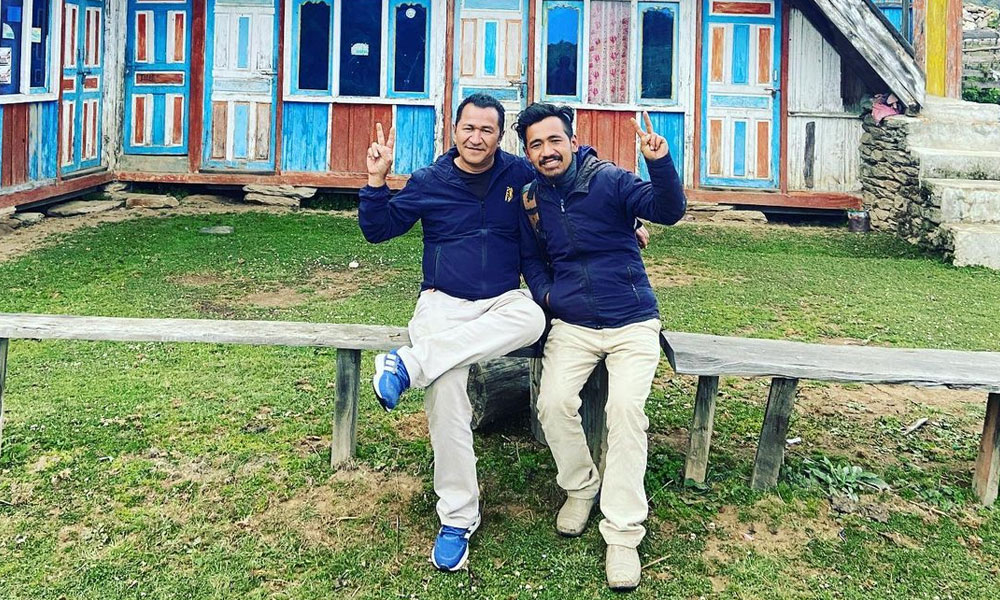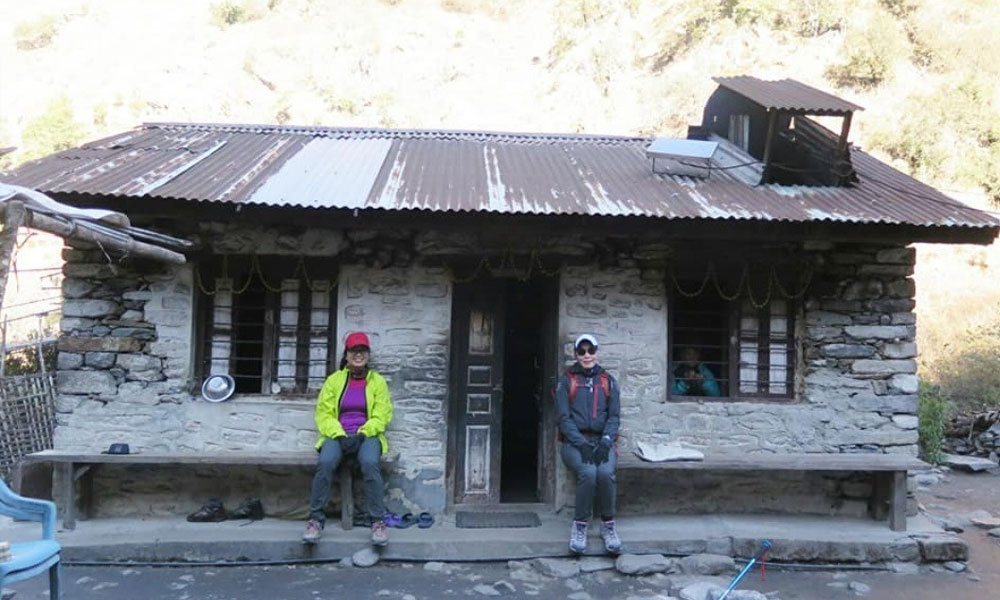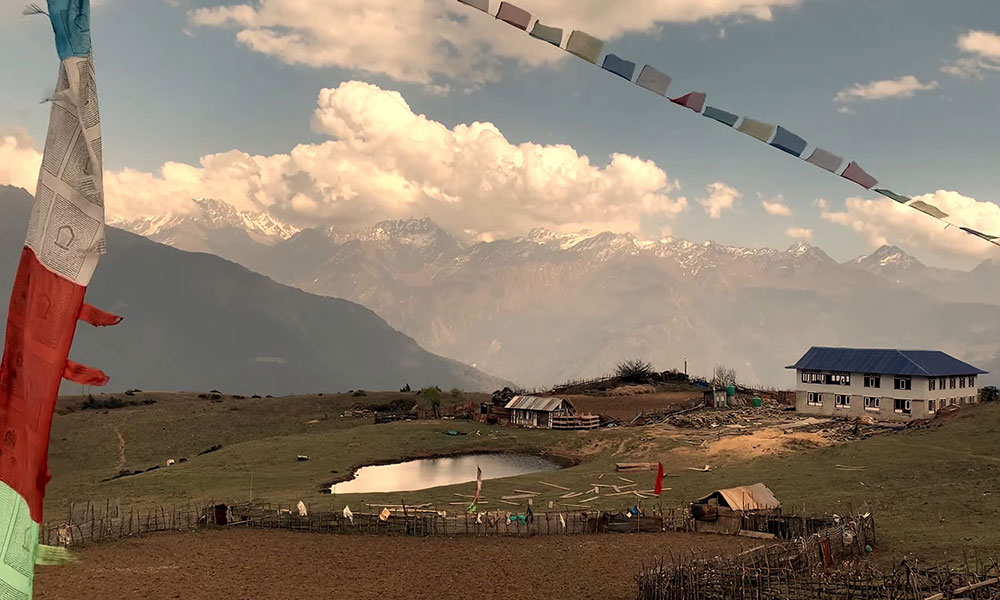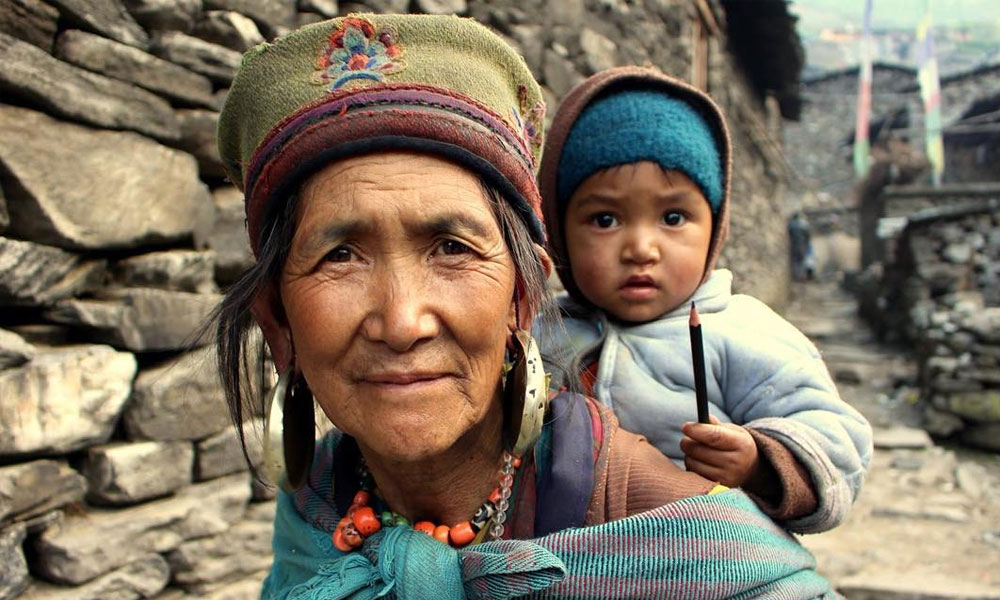
If you want a trekking experience through the heart of Langtang then the Tamang Heritage Trek is the once-in-a-lifetime trek for you. This trek will allow you to explore the diverse and beautiful culture and tradition of the locals of the Langtang region and they are the “Tamangs”.
Tamang people are one of many indigenous communities of Nepal. They have a deep root in the history of Tibet. They have a beautiful culture and you will enjoy every moment you spend with the locals during this trek.
For the Tamang Heritage Trek, you have to get through the northern side of Kathmandu. If you are someone who does not like crowded places for treks, then this might be the trek for you. It is a great substitute for the famous and crowded trekking routes across Nepal.
The official journey of the beautiful trek experience officially begins at a place called Syabrubesi. Through Syabrubesi, you will experience a series of Tamang villages, all of which offer you a beautiful and distinct cultural experience.
You will enjoy the beautiful nature and you will get an opportunity to ground yourself with the Earth and along with that, you will experience a beautiful culture of people who will welcome you with the utmost and warm hospitality. You will have a top-notch experience and will be grateful for a once-in-a-lifetime experience as such.
This trek will let you have the first-hand experience through the beautiful majestic views of the Himalayas through Langtang. You will come across a lot of mountain peaks like Langtang Lirung, Dorje Lakpa, and Ganesh Himal.
If you go in the right season (spring), you will see beautiful colorful rhododendrons covering the forests and painting them beautiful shades of pink and reds. If you are a photographer, this is a cherry on top for you. Not only will you have such a memorable trek to add to your achievements but also you will get the best photos for your next photography project.
Descriptive Highlights of The Trek

Beautiful Tamang Culture
As previously mentioned, the Tamangs will welcome you in their homeland with a lot of respect and top-notch hospitality, making sure you have the best opportunity and have a trek that you will remember for the rest of your life. You will get to experience hospitality firsthand.
The Tamangs are rich in culture and have a rich and immersive history that you will get to learn more about as your journey expands. You will have multiple instances where the locals will talk to you and share their first-hand experience with the place. Isn't it great?
Throughout the trek, you can attend various traditional and cultural programs. Locals organize various programs of such kind where they will showcase various aspects of their culture with the tourists like their traditional dances, they will sing their cultural and religious songs, and play such historical instruments.
You can also dress yourself in their local and traditional outfits to get more deeply immersed in them. You will make new friends on this trip.
Majestic Himalayan Scenery
Is it even a surprise that the Himalayas will bless you with some of the most beautiful and dramatic backdrops and panoramic views you might have seen anywhere else in the world? The Himalayas are the most famous mountain ranges across the world for a reason and rightfully so.
The Tamang Heritage Trek offers you beautiful views of Langtang Lirung, Ganesh Himal, and other beautiful mountain peaks. The tall towering mountains are covered with a white hue of snow that turns golden when kissed by the sun.
You will experience the best sunrises and sunsets of your life. If you are a photographer, this is a cherry on top for you. Not only will you have such a memorable trek to add to your achievements but also you will get the best photos for your next photography project.
Gosaikunda Lake
Gosaikunda Lake is one of the most famous lakes in Nepal and is one of the major highlights of this trek. The Gosaikunda lake is filled with beautiful turquoise-colored water that is famous all over Nepal for religious reasons. Both the Hindu and Buddhist communities worship the lake as a part of their religion. It is a holy lake and a pilgrimage. It is crowded most of the time.
Hot Springs in Tatopani
Refresh your tired muscles by taking a dip in the natural hot spring of Tatopani, renowned for its curative virtues, after a full day's hike.

